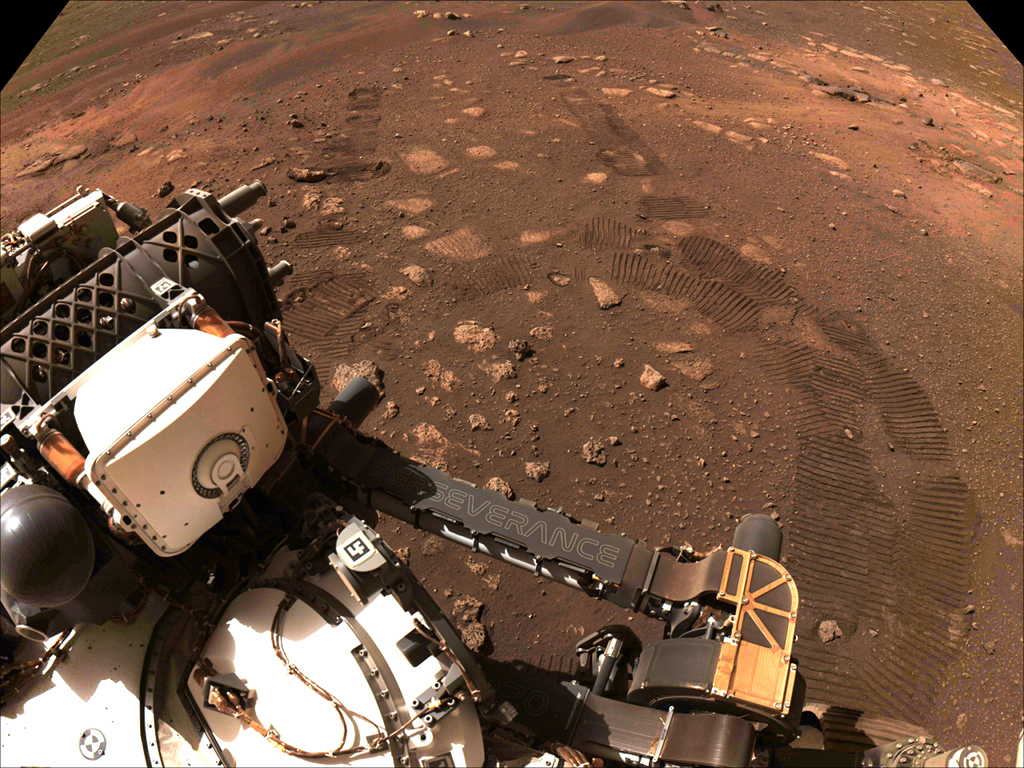
After arriving at Jezero Crater on Mars, Perseverance went for a spin on March 4. This sharp image from the car-sized rover's Navcam shows tracks left by its wheels in the martian soil. In preparation for operations on the surface of the Red Planet, its first drive lasted about 33 minutes. On a short and successful test drive Perseverance moved forward 4 meters, made a 150 degree turn, backed up for 2.5 meters, and now occupies a different parking space at its newly christened Octavia E. Butler Landing location. Though the total travel distance of the rover's first outing was about 6.5 meters (21 feet), regular commutes of 200 meters or more can be expected in the future.
from NASA https://ift.tt/30kIiwG
Comments
Post a Comment